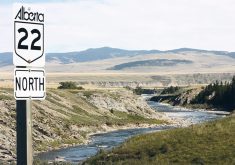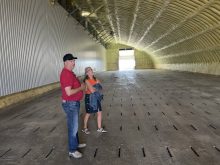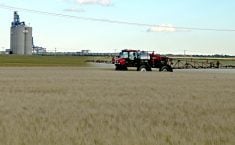Saskatchewan’s rural development minister says a new federal profile of the province confirms work done by provincial experts.
“What I see is really an affirmation of what ACRE has been saying,” Clay Serby said, referring to the Action Committee on the Rural Economy.
It also validates recent work on rural and urban trends by researchers at the University of Saskatchewan, he said.
The report, released at the Saskatchewan Association of Rural Municipalities convention by Wayne Easter, parliamentary secretary to federal agriculture minister Andy Mitchell, said Saskatchewan residents buck the national trend toward a more urban population.
Read Also

New coal mine proposal met with old concerns
A smaller version of the previously rejected Grassy Mountain coal mine project in Crowsnest Pass is back on the table, and the Livingstone Landowners Group continues to voice concerns about the environmental risks.
Forty-two percent of Saskatchewan residents reside in rural areas, which is more than double the national average.
The population in rural and small town Saskatchewan did not age as fast between 1996 and 2001 as urban areas did, the report said. As well, Saskatchewan has a high rural aboriginal population.
Easter said the findings mean policy developed for rural Saskatchewan needs to be structured differently.
“We tend to, in government, look at rural and … paint everything with the same brush,” he said after an address at the SARM meeting.
The report divided the province into four types of rural areas depending on proximity to metropolitan centres. The categories were strong, moderate, weak and no metropolitan influenced zones, or MIZs.
It looked at three consecutive census years of data – 1991, 1996 and 2001 – to measure change.
“Most apparent in this review of the indicators is the continuation of the relative disadvantage of rural zones over time, when compared to urban Saskatchewan, and the continuing advantage of strong MIZ zones compared to no MIZ zones,” said the profile.
Serby said the report “substantiates the kinds of reality that exist today” in rural areas and shows the need for communities to work together.
That is already happening through regional economic development initiatives, area transportation planning committees and landfill projects.
Serby said the statistics showing a high rural aboriginal population confirm that there is a large available workforce in rural Saskatchewan and that the training and education opportunities need to be in place to develop that.

















